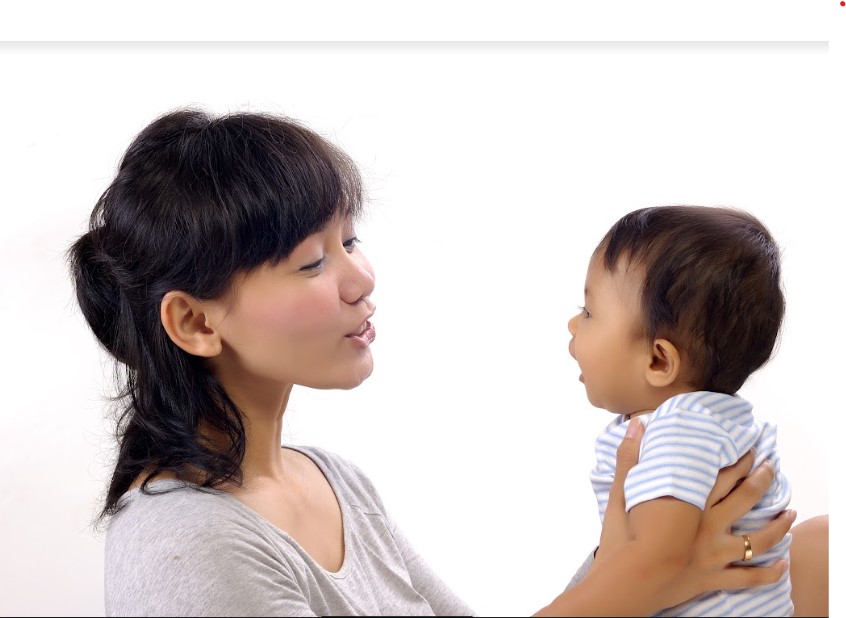Source: Speech Therapist, Mok Yee Tuen
Typically, babies start making sounds as soon as they are born, such as different crying sounds to express their demands. From 4 to 8 months, they start babbling, which is part of the language preparation period. Children actually go through a ladder of language development, starting with just learning single words and ending with being able to tell stories with their words.
Babies from 9 months to 1 year generally start producing their first meaningful word, such as “ba,” “ma,” or “ball ball.” From 1 to 2 years old, their understanding and vocabulary expression increase greatly, with the accumulation of single words forming two-word phrases, such as “mommy drink” and “eat bun bun.”
From 2 to 3 years old, children generally speak in longer sentences and can express different needs. For example, they like to add a word to the two-word phrases, forming three-word combinations, such as “Daddy eat bun” and “I want grandma.” Some children start using adjectives, such as “sister eats a big apple.”
Young children generally recognize more different sentences and start using conjunctions after 3 and a half years old, and by 5 years old, they slowly understand how to combine different sentences and use more conjunctions and start to narrate things logically, that is, by telling stories.
In fact, the language development of young children is slightly different for each person, but through empirical research, we also have some important reference indicators to see if a child may have a speech delay.
The first is that there are no words at 2 years old.
Second, no sentences appear before the age of three.
The third is that speech is unclear and hard to understand after 3 years old,
Fourth, sentences are still unclear after 5 years old.
If the child is not speaking more and more as they grow, parents should seek the help of a professional to assess and train them as soon as possible.

